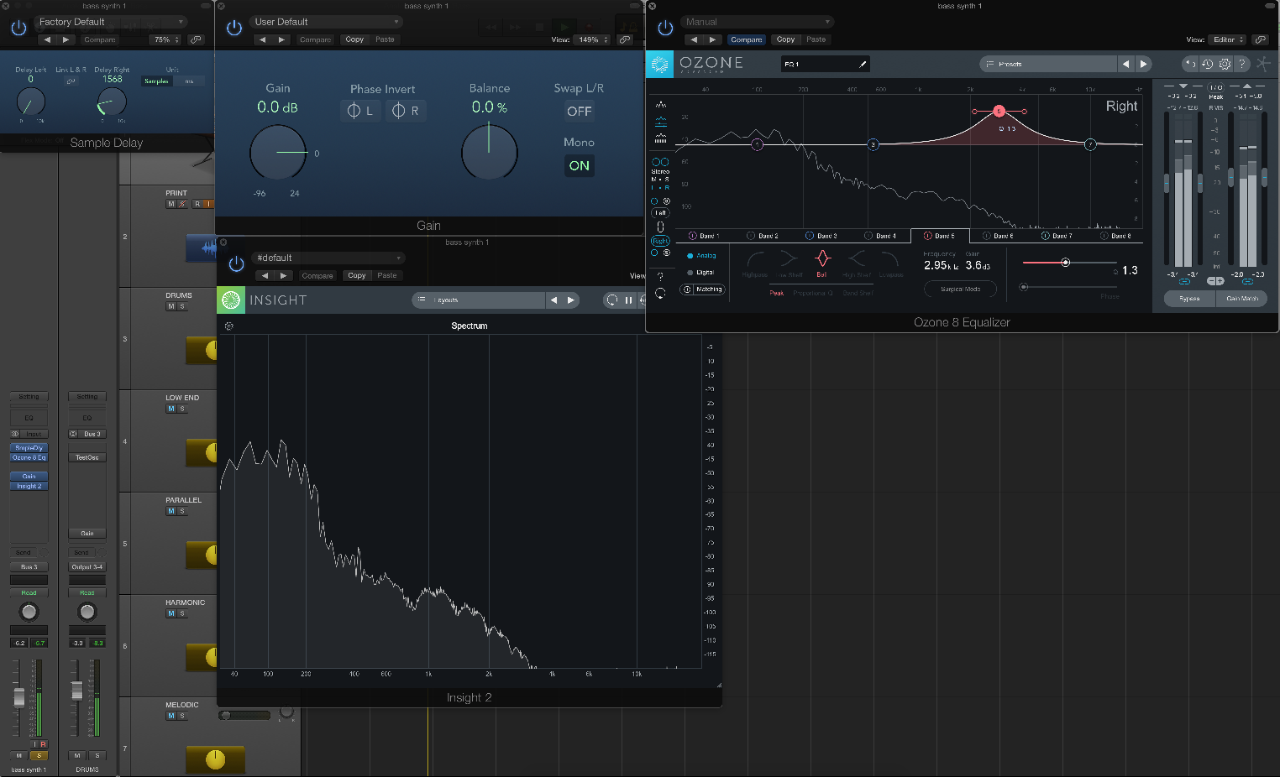In part one of this four-part series, we focused on the versatility of Neutron 2 for mixing vocals. In part two, we’re using Neutron as an all-in-one dynamics processing tool for guitars. In parts three and four, we’ll be going through tips on using Neutron 2 for bass and drums.
7 Tips for Mixing Vocals
If you’ve spent any time mixing, you’re already familiar with the struggle of wasting time. Maybe you’re tired of scanning your massive plug-in list when searching for different dynamics processors—compressors, limiters, gates, and more—for different tracks. Perhaps you’re annoyed by having to routinely rearrange your plug-ins on channels and you wish one plug-in could do it all. Or you may be stressed out at the thought of trying to construct an effective processing chain and need something that can do the heavy lifting for you.
In part one of this four-part series, we’ll be using Neutron 2 as an all-in-one dynamics processing tool for vocals. In parts two, three, and four, we’ll be using Neutron 2 for mixing guitars, mixing bass, and mixing drums.
Evolve Your Skills | iZotope
INTERMEDIATE LEVEL
For those who’ve been around the block, but want to gain even more knowledge, our intermediate-level series includes content focused on EQ, reference tracks, and tips for working on genres and instruments.
Evolve Your Skills | iZotope
Advanced Level
A true soundmage is never finished learning. The advanced-level series contains in-depth articles on EQ, stereo bus and submixing, compression and dynamic range, and more!
Gain Staging: What It Is and How to Do It
Gain Staging: What It Is and How to Do It:
Gain staging in the analog days
Before the advent of digital, records were made with analog equipment. Microphones, outboard EQs, compressors, console desks, tape machines—every piece of gear had to be leveled properly for the next piece of the chain, in order to achieve a good result.
Always good to know why we do things.

